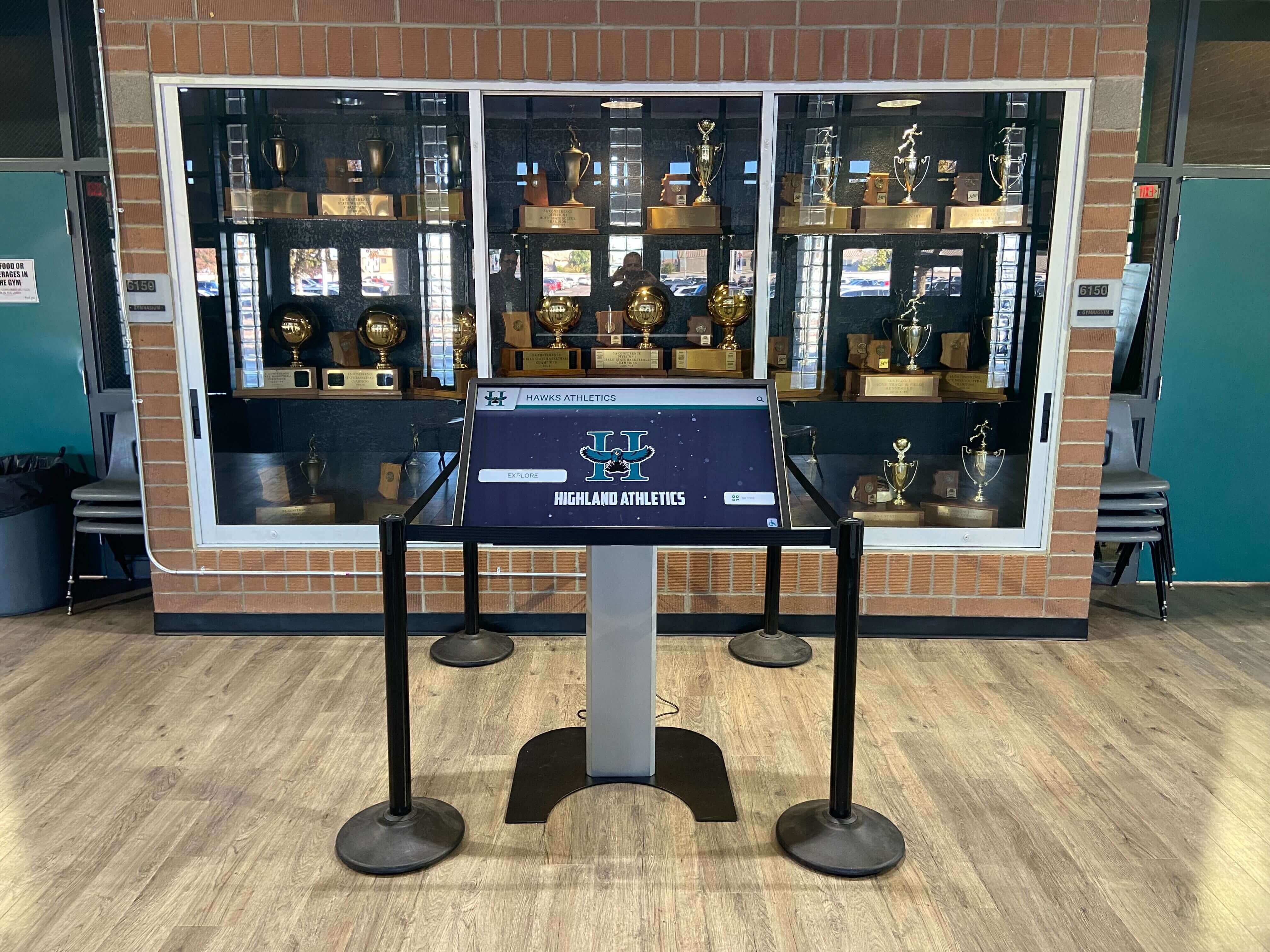
Russ Houk's Wrestling Camp History: Pioneer of American Wrestling Excellence & Olympic Training Legacy
Russ Houk's wrestling camp, established at Maple Lake in Forksville, Pennsylvania in 1962, stands as one of the most influential wrestling training facilities in American sports history. As one of the first comprehensive wrestling camps in the United States, it pioneered the intensive training model that would become standard across competitive wrestling programs nationwide. From 1964 to 1973, the camp earned designation as the official U.S. Olympic and Pan-American Games Training Camp, hosting legendary wrestlers including Dan Gable, Chris Taylor, John and Ben Peterson, Wade Schalles, and Wayne Wells during America's golden age of international wrestling dominance. Under Houk's leadership as both camp director and Olympic Team manager, this unassuming Pennsylvania facility became the crucible where American wrestling excellence was forged, producing numerous Olympic medalists, world champions, and NCAA titlists while establishing training methodologies and competitive philosophies that continue influencing wrestling programs today. This comprehensive guide explores the remarkable history of Russ Houk's wrestling camp, examining its founding vision, Olympic legacy, impact on American wrestling, and enduring influence on how institutions recognize and celebrate wrestling achievement. The Visionary: Russ Houk’s Wrestling Background Understanding the camp’s extraordinary success requires examining the remarkable career of its founder, whose wrestling expertise and coaching philosophy shaped American wrestling during a transformative era.
Read More
School Rivalry History Digital Timeline: Complete Guide to Celebrating Athletic Competition Traditions
School athletic rivalries represent far more than individual game results—they embody decades or centuries of competitive tradition, community pride, memorable moments, and shared cultural identity that connects generations of students, athletes, and fans. Yet without intentional preservation and celebration, the rich narratives of historic rivalries fade as memories dim, records scatter, and key contributors pass without documenting their experiences. Digital timeline technology transforms how schools honor rivalry traditions by creating interactive, multimedia-rich displays that make competition history accessible, engaging, and inspiring for current and future generations. This comprehensive guide explores everything athletic directors, administrators, and school communities need to know about creating digital rivalry timelines that preserve tradition while building excitement for the next chapter in storied competition histories. School rivalries shape institutional identity and student experience in profound ways. For many alumni, memories of rivalry games remain vivid decades after graduation—the tension before kickoff, dramatic moments deciding outcomes, celebrations with teammates and classmates, and community-wide excitement surrounding these defining athletic events. Creating digital timelines preserving these experiences honors past generations while inspiring current student-athletes to add their own chapters to ongoing narratives of competition and excellence.
Read More
Athletic History Display: Comprehensive Guide to Celebrating School Sports Traditions
Athletic history displays serve as powerful touchstones connecting past achievement with present performance and future aspiration. These recognition systems preserve institutional memory, inspire current student-athletes, strengthen community pride, and communicate program values to prospective families. Whether through traditional trophy cases or modern digital installations, effectively displaying athletic history transforms how schools honor sports traditions while creating engagement opportunities that extend far beyond hallway decoration. This comprehensive guide explores everything athletic directors, administrators, and boosters need to know about creating compelling athletic history displays that celebrate accomplishment while supporting program goals. The best athletic history displays balance reverence for tradition with accessibility and engagement. They tell compelling stories about program evolution, individual excellence, and team achievement. They make history tangible for current generations while creating inspiration that motivates future champions. Understanding best practices for athletic history display design, content selection, technology options, and ongoing management enables schools to create recognition systems that serve programs effectively for decades.
Read More






























